Materials and tools needed for calligraphy
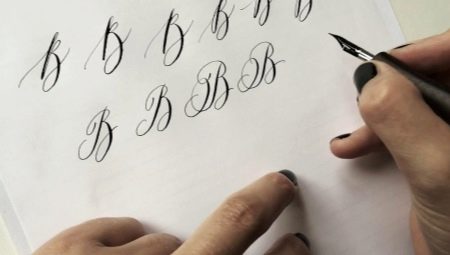
At a time when a text editor on a computer offers dozens of different fonts, and several pages can be printed in a few minutes, the art of calligraphy is back in vogue. A huge number of people want to learn how to write in calligraphic handwriting. Perhaps this fashion is due to the fact that modern people rarely write by hand, and those who do it beautifully are unique. But, most likely, the fashion for handicraft includes calligraphy as one of its brightest manifestations.
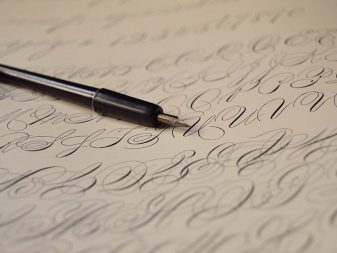
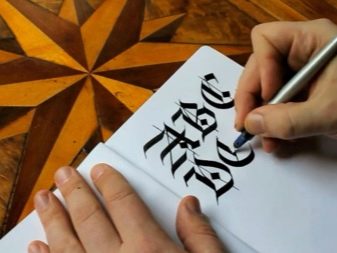
What is calligraphy?
This term has ancient Greek roots and denotes the art of beautiful writing. And this art has pretty strict rules. You need to learn this skill with deep immersion in the topic. They learn calligraphy, as they say, for themselves, for work (good calligraphers are in demand in the service market), for related activities (if a person works as a designer, then the skill of beautiful writing will be useful).
To use the skill, you need to learn calligraphy with the right tools and materials.
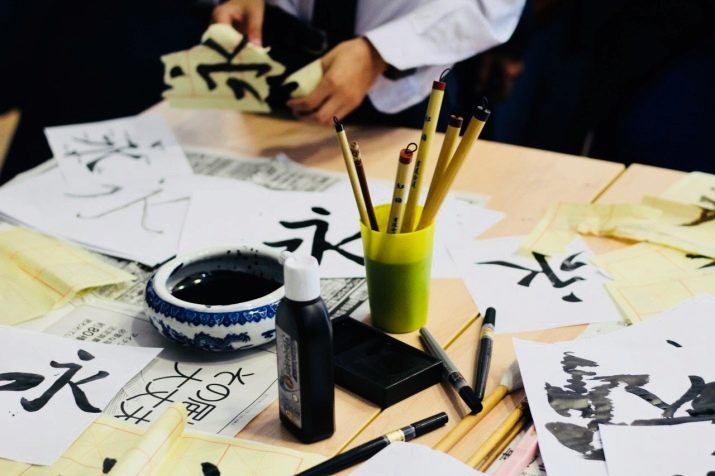
Every beginner purchases a calligraphy kit that will help him learn to write beautifully. Feather calligraphy is the use of different nibs. A pointed nib refers to the possession of a fountain pen. You will need good paper and many different simulators, in the process of working with which, skill will come to a person.

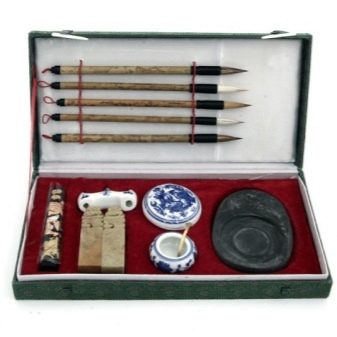
Instruments
Feathers, Holders, Ink
The correct order of teaching calligraphy is mastering the simplest tool, writing, after which you can go in the direction of work of increasing complexity. Then calligraphers analyze the works of specialists, try to repeat them and only after that do their author's serious works.
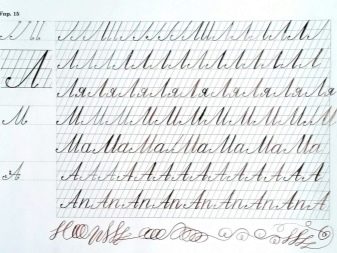
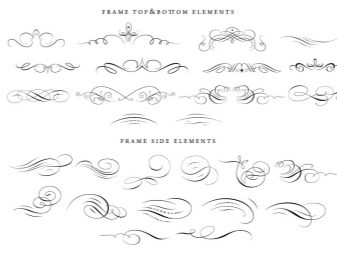
The basic tool for starting a calligraphy course is a broad-nib pen. It is used for classic types of writing such as Italian Italics, Gothic, and Minuscule.
Mastering most often begins with the Gothic.
Wide nibs with a quench holder are a great start. An extinguisher is a plate fixed on the instrument. You need to take simple mascara ("Kohinor" or "Gamma"), whitewash, most often gouache.
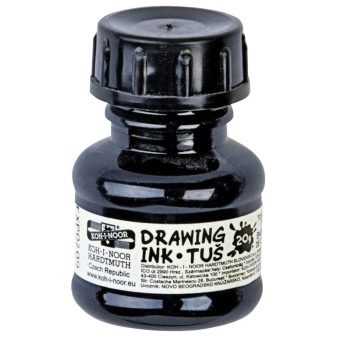
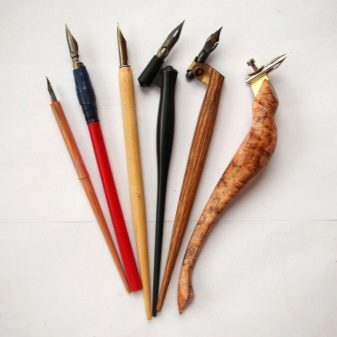
If, after practicing with a wide-nib pen, you still want to continue, you can buy an automatic pen, but it costs more. Investments take place if a person will definitely continue to work in this direction. Refillable fountain pen - no need to dip the pen into ink.
For beginners, it makes sense to take pens with a lot of stroke contrast. Cartridges are usually purchased separately. But if a person decides to fill a fountain pen with plain ink on water, then this is quite acceptable.
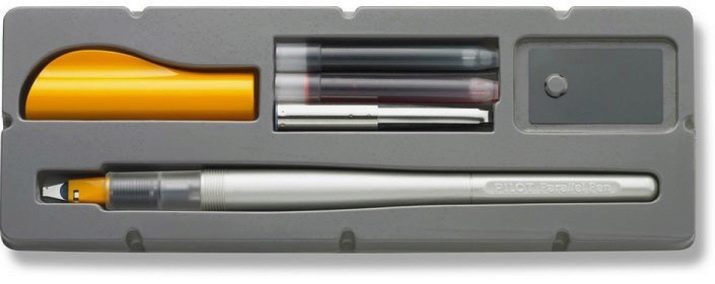
Brushes
When the letters start coming out confidently, you can use the brushes. Plain letters, of course, are far from easy to use: they do not have the obedience of feathers, but they are more plastic than the latter. Flat shortened nibs can be a kind of replacement for brushes, but they are not always easy to find on sale.
Instead of brushes and pens, you can take anything that can write: sharpened sticks, toothpicks, plastic cards, foam sponges (for large formats).
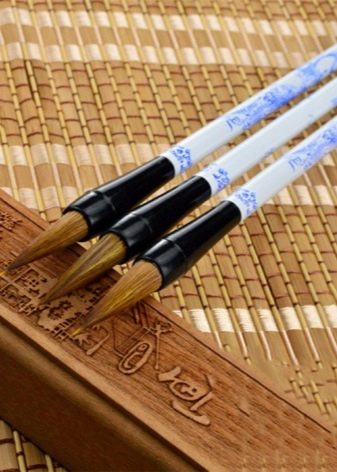
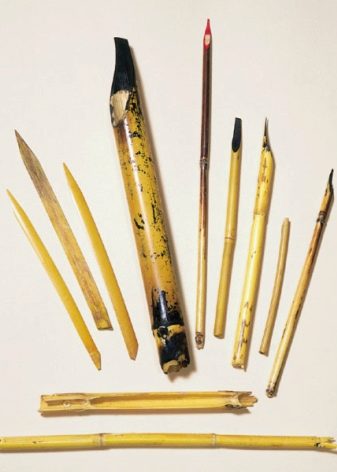
But the calligrapher's first set may not have brushes - this tool means advanced.
Brashpen
It is the most popular tool for beginners. They begin to write with markers, as it is more usual to do it with them: it is not so difficult, there is no shaking of hands and the desire to give up everything.
Three commonly used brushheads:
- Copic Sketch (4) - they are soft, but of high quality;
- Letraset Tria (3) - look more confident than the previous options;
- Faber-Castell Pitt (1,2) - ideal for beginners trying to understand the logic of the tool.
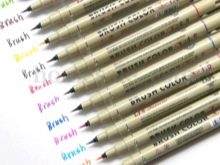
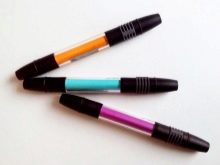
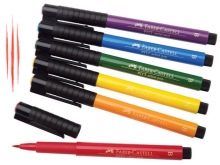
The tip of the brush pen can be extended slightly, and if it frays (which happens pretty quickly), it should be pulled out and turned over.
The brush pens are some of the easiest to use, and beginners love that. Although they are not cheap, their tip is not one-piece, in the form of a brush, so it does not wear out quickly, and it is quite easy to work with.
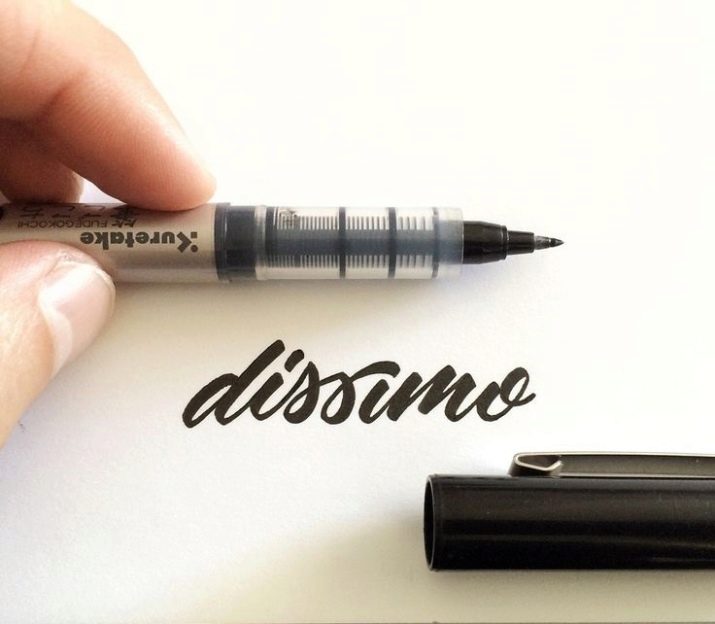
Pencil case
Calligraphers are sensitive to the tools they use. Usually they start a work pencil case, where the best pens and brushes, as well as cartridges, erasers, and rulers fall. But you can also buy a ready-made set, where everything has already been selected by the manufacturer.
Almost all calligraphers say that the world's best instruments are made in Japan. However, not all Japanese instruments are as good as they are said to be. For example, specifically sharp feathers are traditionally sold out in England and Germany, and many Russian products are good. Based on this logic, it is better to collect your pencil case yourself.
Consider, for example, a Chinese calligraphy kit:
- 20 sheets of copybooks - a beginner calligrapher can nowhere without a simulator;
- ink (100 ml);
- backing mat (for paper);
- medium-width white cloud brush;
- paper (4 sheets) for paired inscriptions.
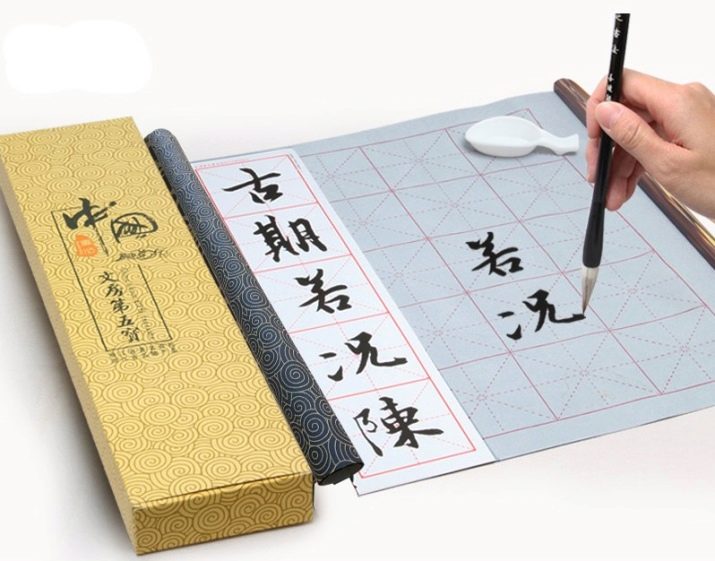
However, the Chinese kit is often called not those products that are made in China and sold on inexpensive popular sites, but Chinese calligraphy kits. And this is the correct version.
Chinese calligraphy is an art formed over 2 thousand years ago. She has several styles. This Calligraphic Chinese Writing Kit includes brushes, ink, paper and inkstone. Sticks of ink were usually erased on it - this is how the desired material was obtained.
If a person is not interested in sitting for hours on hieroglyphs, then a set for Chinese calligraphy will not be useful for him. For example, beginners often buy a set of "Leonard Manuscript", which contains 5 pieces of pens, two holders, a box. The Sonnet set is much simpler and cheaper, but it only contains 5 nibs and one wooden holder."Manuscript" produces different sets: from budget to expensive. The choice depends on the quantity and quality of the items in the set, as well as the calligraphic styles in which the person decided to excel.
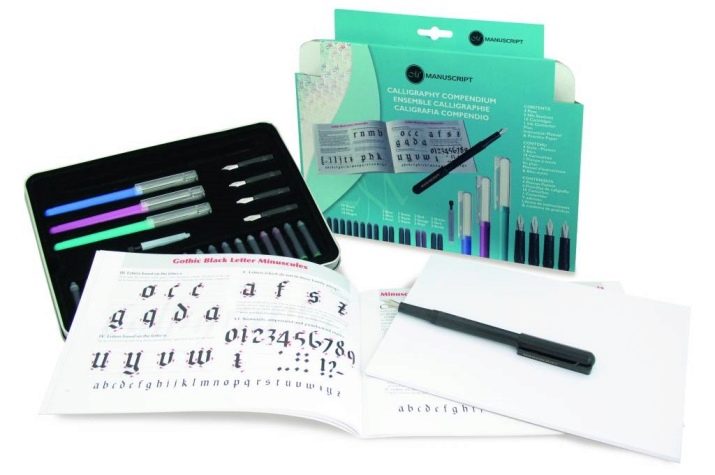
Paper
The choice of paper is also comparable to the target. Only after determining the purpose, you need to pay attention to the density, surface quality, available protection and other indicators.
Below are the paper requirements.
- Training papers accept 90-120 g / m2. This is an average indicator, which is quite enough for a substrate: the paper is slightly translucent, it is convenient to put a prescription under the sheet so as not to waste time every time on the markup.
- Paper for presentation material and invitations should be cotton. Its density is usually from 200 g / m2, with a flat surface that the feather will not cling to.
The shops selling designer paper are very rescuing for the modern calligrapher. This is the best choice if you are interested in trying calligraphy on different textures.

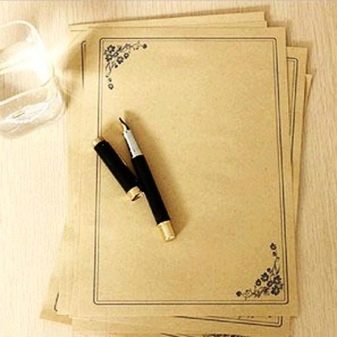
The main requirement is the required density of the material and the sufficient presence of cotton in it.
If a person is going to create vintage invitations, then paper with a so-called live edge is required. This paper is handcrafted. As a rule, writing on it is a special delight for a calligrapher.
The following options are categorically not suitable:
- loose paper (ink will blur);
- too glossy (mascara will not be able to fix);
- gelatin-coated paper (ink will not fall on such an almost waxy coating);
- coated - it is for printing, paint will fit well on it, but not ink, the pen will cling to a special layer.
Sample fonts
If a beginner has a set of tools and paper, then this is fine, but it would be nice to add font samples to the beginner's arsenal. It's great if you get the book Art of Calligrapy - it's just a "Bible" for a student of calligraphy. The author parses literally every letter in it. You can even download a book in English: intuitively, even without knowing the language, you can really understand it.
If you don't have a book, you can learn from copying too. But if a person copies someone's work, then ethical principles must be observed: indicate the author of the original. Over time, the beginner will fill his hand and develop his own style.
Calligraphy is a whole world. If a person likes it, then pens, markers, brushes, ink, holders and paper will be like treasures for him. It can remain at the level of a hobby or turn into your own business.

It is also an excellent exercise for the mind and discharge for the nervous system - the brain works, and the person himself relaxes and calms down. Patience is great.
For information on what tools a novice calligrapher needs, see the next video.







